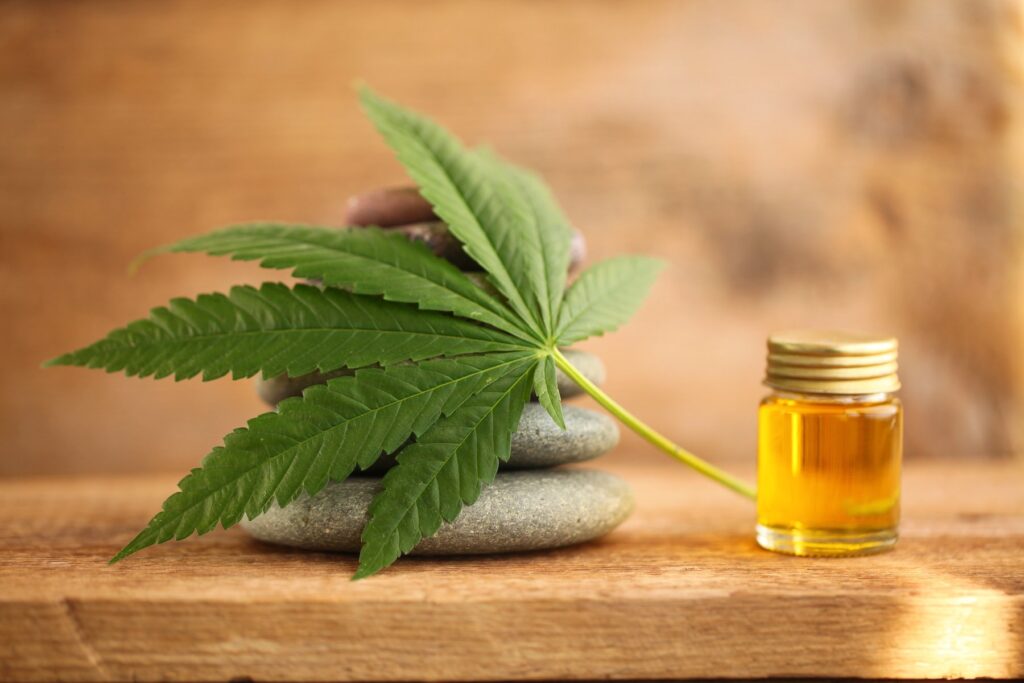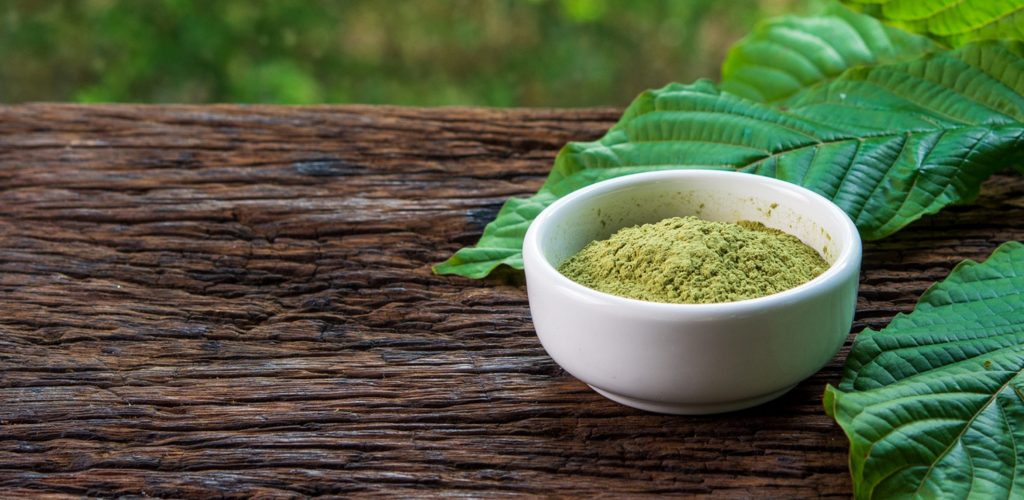In the ever-evolving world of wellness and alternative health solutions, one name that is rapidly gaining attention is HHC oil, short for Hexahydrocannabinol oil. Derived from hemp, HHC is a cannabinoid that has been quietly making waves in the wellness community. While it may not be as well-known as CBD or THC, HHC offers a unique set of benefits that have the potential to unlock a new dimension of wellness for those seeking natural and effective remedies.
The Rise of HHC Oil
The wellness industry has seen a surge in the popularity of cannabinoids as people increasingly turn to natural alternatives for their health needs. Cannabinoids, which are compounds found in cannabis plants, interact with the endocannabinoid system in the human body to regulate various physiological processes, including mood, pain sensation, and immune response. While CBD Cannabidiol and THC Tetrahydrocannabinol have been the most prominent cannabinoids in the spotlight, HHC is emerging as a new player that offers distinct advantages. HHC is a hydrogenated derivative of THC, which means it shares some similarities with THC in terms of its molecular structure. However, the hydrogenation process significantly alters its effects. Unlike THC, which is known for its psychoactive properties that can induce a high, HHC offers a more subtle and balanced experience. Users report feelings of relaxation, mental clarity, and a sense of well-being without the overwhelming psychoactive effects commonly associated with THC. This makes HHC oil an attractive option for individuals who seek the therapeutic benefits of cannabinoids without the intense psychoactivity.

Wellness Benefits of HHC Oil
One of the primary reasons for the growing interest in HHC oil is its potential to promote overall wellness. Many users have reported that HHC oil provides relief from anxiety, stress, and mild pain. It’s relaxing properties make it an excellent choice for those looking to unwind after a long day or manage the everyday stresses of life. Additionally, HHC oil has shown promise in promoting better sleep, which is crucial for maintaining physical and mental health. HHC’s ability to interact with the body’s endocannabinoid system in a balanced manner contributes to its unique wellness benefits. Unlike some cannabinoids that can cause drowsiness or sedation, HHC tends to offer a more clear-headed and focused relaxation. This makes it suitable for daytime use, allowing individuals to enjoy its benefits without compromising their productivity or mental sharpness.
Exploring a New Dimension of Wellness
As the wellness landscape continues to evolve, more individuals are seeking out alternatives that align with their holistic approach to health. HHC oil represents a new dimension of wellness by providing a natural solution that supports mental clarity, relaxation, and overall well-being. Its unique properties set it apart from other cannabinoids, making it a compelling option for those looking to enhance their quality of life. However, as with any supplement or wellness product, it is important to approach HHC oil with an informed perspective. Since it is a relatively new cannabinoid, research on its long-term effects is still limited. It is advisable for individuals to consult with a healthcare professional before incorporating hhc tincture into their wellness routine, especially if they have underlying health conditions or are taking other medications. In conclusion, HHC oil is unlocking new possibilities in the realm of wellness. With its balanced effects and potential to promote relaxation and mental clarity, it offers a promising alternative for those seeking natural and effective ways to support their health and well-being. As more people discover the benefits of HHC oil, it is likely to become a staple in the wellness community, offering a new path to achieving a harmonious and healthy lifestyle.







